Kumho Museum of Art (금호미술관)
650.3M 2020-06-11
18, Samcheong-ro, Jongno-gu, Seoul
+82-2-720-5114
The Kumho Museum of Art was opened to celebrate the diversity of art. The museum displays new pieces of art from promising new artists and accomplished artists every year. The museum first opened its doors in Gwanhun-dong in 1989, but moved to a larger area in 1996 where it stands today. The Kumho Museum of Art stands on the east side of Gyeongbokgung Palace. The museum is surrounded by other cultural and folk museums. The B1 floor features artwork of new artists while the 1st and 2nd floors feature project exhibitions and invitation exhibits. About once a year foreign artists are invited to display their art in the museum. There are official invitation exhibitions of seven artists yearly. These are artists who have strongly influenced Korean art. On the 3rd floor of the museum is a small concert hall, also known as Kumho Recital Hall. Although the capacity is only 171 people, all concerts are executed with professional care. On the 1st floor there is a coffee shop and an art shop. The coffee shop and art shop remain open on days the museum is closed.
Moonguesthouse(문게스트하우스)
650.9M 2024-06-20
31-18, Samil-daero 32-gil, Jongno-gu, Seoul
+82-2-745-8008, +82-10-8704-9981
The Moon Guesthouse is situated near a number of interesting tourist destinations including Unhyeongung Palace (3min on foot), Bukchon Hanok Village (5min on foot), Changdeokgung Palace (5min on foot), and Changgyeonggung Palace (10min on foot). The guesthouse was named ‘moon’ (‘door’ in English) because it has many 176 doors and windows. Upon entering by the gate, visitors will see a ‘ㄷ’-shaped hanok building in the courtyard, in which a wooden bedstead and a table are placed. On the opposite of the hanok building there is a wall roofed with tiles engraved with Korean patterns such as deer, pine, turtle, etc. Flowers in the flowerbed lined up along the wall are in bloom and the bonsai are also well-kept in the house. Renovated and opened as a guesthouse in September 2011, Moon Guesthouse consists of a bonchae (main building) and a byeolchae (detached house). The rooms are decorated with red clay and hanji (traditional Korean paper handmade from mulberry trees), and have under-the-floor heating (ondol). Each room is equipped with an air-conditioner, and has a 40cm-thick layer of red clay over the ceiling for insulation, making the rooms cool in summer and warm in winter. The house has seven individual guestrooms and five modern bathrooms, but the entire building (bonchae or byeolchae) can be rented, too. In particular, the unhyeondang of the bonchae is very popular as it can be converted into one large space for special events, group workshops, etc. simply by opening all the sliding doors (Bunhapmun – Goryeo construction style). This room, which is decorated with a flower-patterned windscreen, a landscape painting, and calligraphy, has been used as a shooting location for various TV programs including KBS2’s TV reality program Man’s Qualification and its variety show The Human Condition. The guestrooms are also equipped with traditional furniture including a cabinet inlaid with mother-of-pearl. The guesthouse also provides a variety of experience programs from 11am to 3pm, including tea ceremony, wearing Hanbok (traditional Korean clothes), making kimchi and gochujang (red chili paste), playing a traditional musical instrument, making a rubbing of a stone inscription, calligraphy, drawing orchids on a fan, and so on. The house has about seventy hanbok and other clothing accessories, as well as a royal costume. Its calligraphy and drawing orchid programs are run directly by the owner, who used to work as a classical Chinese teacher at a high school.
Owl Museum (부엉이박물관)
652.7M 2022-09-19
143, Bukchon-ro, Jongno-gu, Seoul
+82-2-3210-2902
The Owl Museum is filled with over 2,000 pieces of owl-themed arts and crafts collected from all over the world by the owner. Renovated from a house, the museum has a feel of an antique café as the owner offers a cup of coffee or tea to visitors. Located near the city, those interested in owls should stop for a view and a drink. Various stories of how the collection was gathered as well as information on owls are also interesting.
Daraenamu Tree in Changdeokgung Palace (창덕궁 다래나무)
663.0M 2025-01-13
99, Yulgok-ro, Jongno-gu, Seoul
+82-2-3668-2300
Daraenamu Tree in Changdeokgung Palace is estimated to be 600 years old, meaning it had likely been planted before the palace was built. The tree stands 19m in x_height, and has six separate trunks sprawling in all directions. It is the biggest and the oldest in Korea. It is designated and protected as a National Natural Monument.
Onmaeul (온마을)
667.5M 2021-03-22
127, Samcheong-ro, Jongno-gu, Seoul
+82-2-738-4231
A place that sells dishes made with beans, which are good for the health. This restaurant's signature menu is pureed soybean stew. This Korean dishes restaurant is located in Jongno-gu, Seoul.
Gallery Hyundai (갤러리 현대)
668.3M 2021-03-18
14, Samcheong-ro, Jongno-gu, Seoul
+82-2-2287-3500
Gallery Hyundai has been improving daily for over 40 years since April 1970, working closely with various Korean artists in modern art. Gallery Hyundai introduces varied artists including prominent artists, as well as up-and-coming artists, regardless of genre through sophisticated exhibitions, showing domestic and overseas art all in one place.
Dugahun (두가헌)
668.3M 2024-03-20
23 Yulgok-ro 1-gil, Jongno-gu, Seoul
+82-2-3210-2100
Dugahun is a wine restaurant near Gyeongbokgung Palace, meaning "a very beautiful house." Located in a traditional hanok from the 1910s, it offers a taste of Western culture with wine. Only lunch and dinner courses are available, and customers can select wines from the underground wine cellar or bring their own. Across the street, Gallery Dugahun, housed in a historic Russian-style brick building built in the late period of Joseon, showcases high-quality art pieces.
High - Anguk Branch [Tax Refund Shop] (하이엔드코리아 안국)
671.4M 2024-04-17
1F, 62-5, Insadong-gil, Jongno-gu, Seoul
-
Jirisan Restaurant (지리산)
677.6M 2019-08-01
30, Insadong 14-gil, Jongno-gu, Seoul
+82-2-723-4696
Jirisan is one of the representative Korean restaurants in Insa-dong, an area known for its traditional culture. One of the trademarks of this restaurant, besides its amazingly delectable bean and tofu dishes, is a wooden sign that welcome guests into a neat and cozy interior.
Each day, fresh beans are ground at the restaurant to prepare dishes such as soybean paste, soft tofu, and bean-curd tofu stew. Bean-curds are prepared by using seawater, which gives the tofu a unique flavor. The fresh and clean taste of the tofu is one of the many reasons that choosey tofu aficionados flock to the restaurant.
Not just limited to tofu, Jirisan presents customers with a full-range of side dishes such as kimchi, japchae (glass noodles with sautéed vegetables), cucumber kimchi, seasoned seaweed, braised lotus roots, roasted yellow corbinas (a type of fish), leafy greens, bean-curd stew, and more. The restaurant gives visitors a chance to experience a hearty traditional Korean-style meal, but has thoughtfully toned down its seasonings to appeal to a wider audience (particularly those not used to spicy foods).
One of the recommended menu items is the Jirisan set meal, which offers diners the chance to sample foods that are popular in the Jirisan region. Adventurous diners may want to try the sea urchin soup or dried Pollack soup.
The restaurant, originally a traditional Korean house, has been modified over the years to better suit the needs of its customers. The walls surrounding the structure were removed and a glass ceiling was installed to allow guests to enjoy the natural light of the sun as they sample some of the area’s best traditional Korean cuisine.
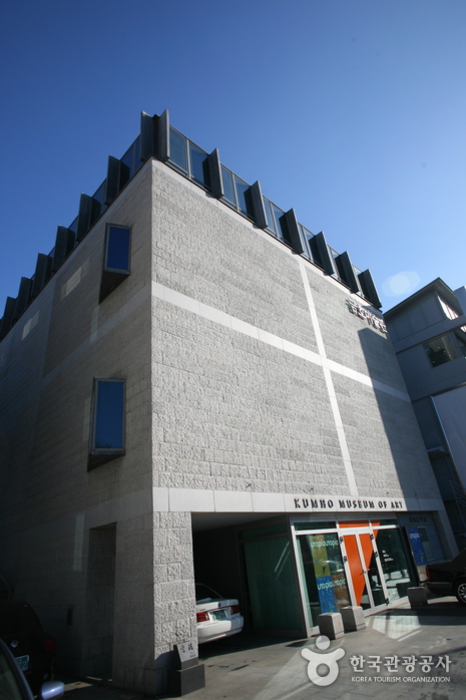
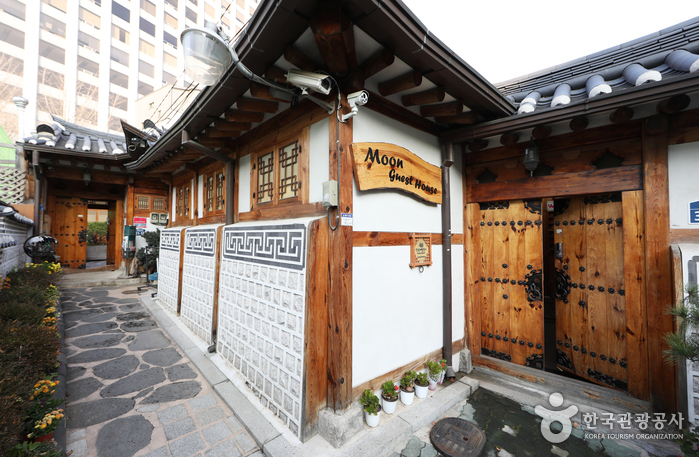
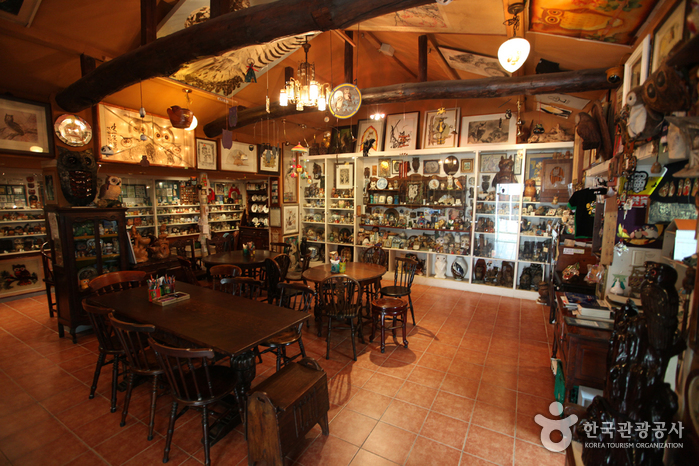
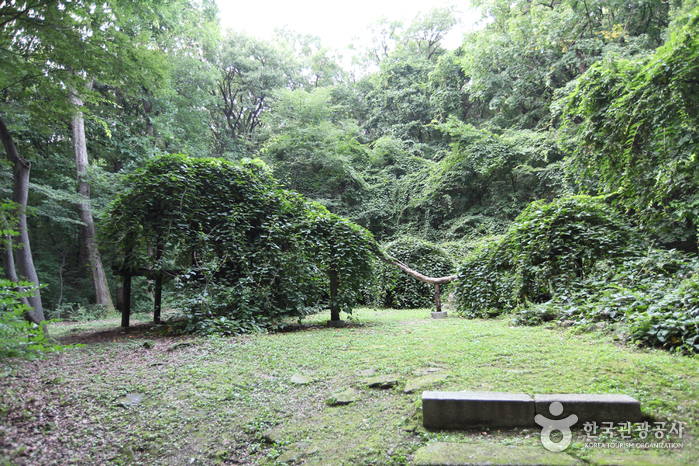

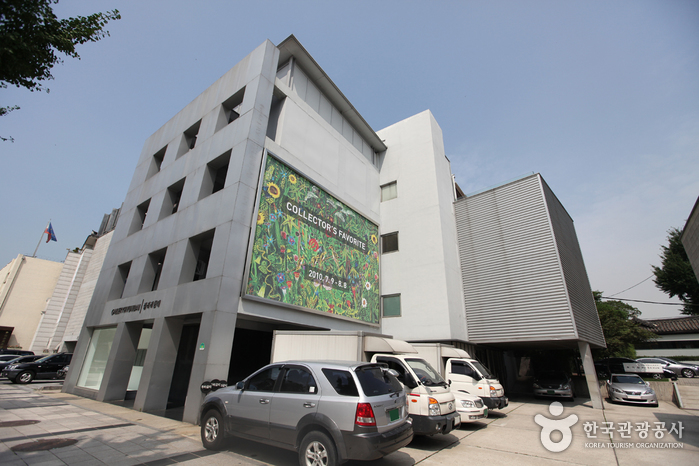
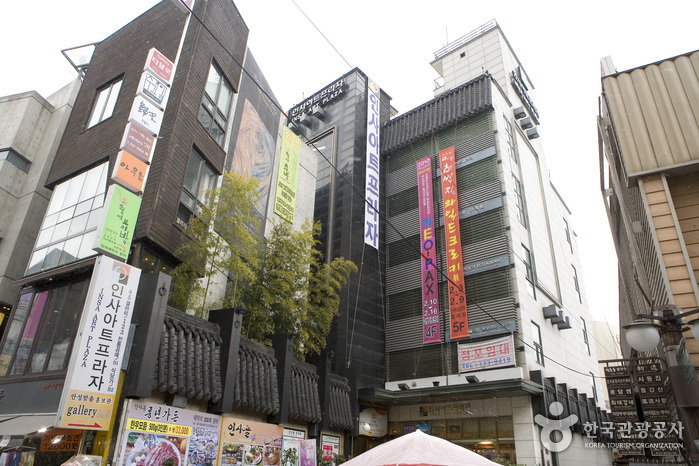
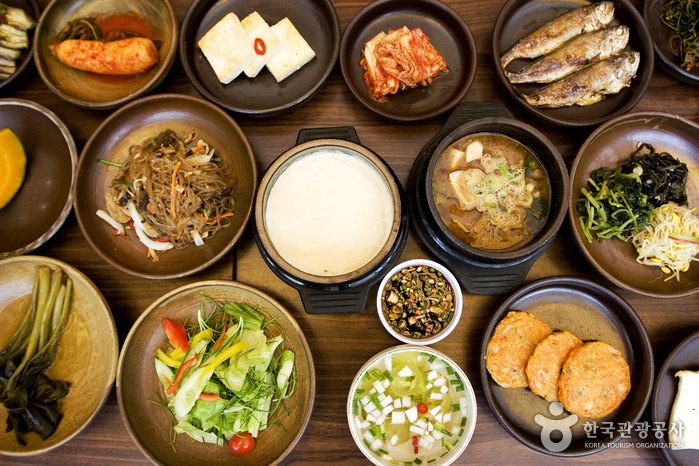
 English
English
 한국어
한국어 日本語
日本語 中文(简体)
中文(简体) Deutsch
Deutsch Français
Français Español
Español Русский
Русский